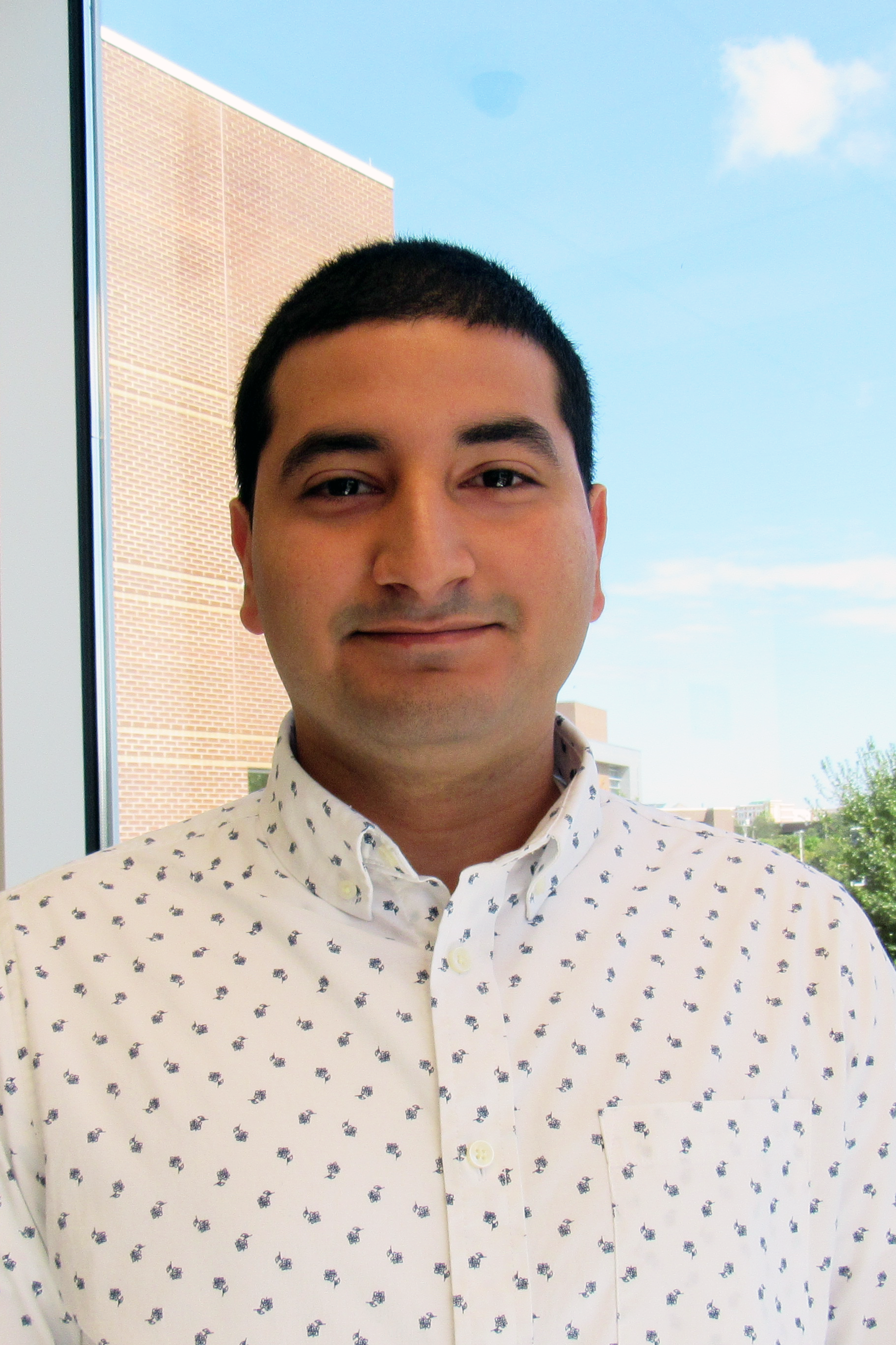
Cesar Lopez-Zelaya, a sophomore working on a bachelor’s degree in photonic science and engineering, was featured in the Q1 2024 issue of LIA Today published by the Laser Institute of America. The article below was reprinted with permission. The original article can be found on page 8 at this link.
When were you first introduced to photonics/electro-optics?
I was introduced to the field of optics and photonics during my junior year of undergraduate studies. That year, I took my first optics courses: geometric optics and foundations of photonics. Concurrently, I embarked on research with the Knight Vision Lab at CREOL under Dr. Kyle Renshaw’s guidance. This experience exposed me to diverse topics in the field, including imaging systems, integrated photonics, and optical fibers.
What or who inspired you to choose your line of study?
My inspiration is deeply rooted in the guidance and mentorship I received from remarkable individuals throughout my academic and professional journey. In particular, my advisors, Dr. Kyle Renshaw during my undergraduate studies, Dr. David Hagan, and Dr. Eric Van Stryland, both from my master’s studies, alongside my mentor from AFRL, Dr. Christian Keyser, have played pivotal roles in shaping my aspirations and fueling my commitment to excellence. Their unwavering dedication to advancing the field has motivated me to follow in their footsteps and contribute meaningfully to the world of optics and photonics.
Describe your favorite course you have taken so far.
It is difficult to choose a favorite course given the number of great courses I have taken throughout my time at CREOL. However, my favorite course so far is Quantum Optics taught by Dr. Ayman Abouraddy. The lectures were thought-provoking and engaging, covering interesting topics such as the quantization of the electromagnetic field, entangled states of light, single and two-photon interference, and the Jaynes-Cummings model. What made this course particularly impactful was its relevance in highlighting the importance of quantum optics, such as its crucial role in advancing cutting-edge research areas like quantum communication, quantum cryptography, and atomic physics.
Are you researching anything at the moment? Can you tell us about it?
Currently, my main research focus revolves around the development of laser sources through the exploration of nonlinear effects in optical fibers. The different kinds of fibers we have explored and worked with include solid-core silica and chalcogenide fibers, as well as hollow-core fibers such as
photonic bandgap and anti-resonant fibers. Additionally, we delve into gas- and liquid-filled fiber nonlinear effects, encompassing phenomena like stimulated Raman scattering and optical parametric amplification. More recently, my research has extended to measuring refractive indices of liquids using Rayleigh interferometry and determining stimulated Raman gain coefficients from spontaneous Raman scattering.
What would you like to do in the future with your studies?
Upon completing my master’s studies at CREOL, I aim to return to AFRL to apply the knowledge and skills I gained to continue advancing the optical fiber-based devices being developed there. Concurrently, I plan to apply to Ph.D. programs, aspiring to engage in research focusing on a blend of nonlinear optics and quantum optics. Long-term, I envision a career as a research scientist at AFRL, potentially leading a research group, bringing to life ideas in the area of high-power fiber lasers, nonlinear fiber optics, and the generation and application of quantum states of light. My commitment lies in utilizing my studies for furthering the research and development of technologies that benefit our nation and the global community.